- 全部删除
 您的购物车当前为空
您的购物车当前为空
Anti-ADGRE1 Polyclonal Antibody 2
产品编号 TMAB-00061
别名 TM7LN3, Lymphocyte antigen 71, Ly71, Gpf480, F4/80, EMR1 hormone receptor, EMR1, EMR 1, EGFTM7, EGF-like module-containing mucin-like hormone receptor-like 1, EGF-like module receptor 1, EGF TM7, EGF like module receptor 1, Egf like module containing mucin like hormone receptor like sequence 1, Egf like module containing mucin like hormone receptor like 1, DD7A5 7, Cell surface glycoprotein F4/80, Cell surface glycoprotein EMR1, AGRE1, Adhesion G protein-coupled receptor E1
Anti-ADGRE1 Polyclonal Antibody 2 是一种 Rabbit 抗体,靶向 ADGRE1。Anti-ADGRE1 Polyclonal Antibody 2 可用于 IHC-P,IHC-Fr,IF。
Anti-ADGRE1 Polyclonal Antibody 2
Anti-ADGRE1 Polyclonal Antibody 2
产品编号 TMAB-00061 别名 TM7LN3, Lymphocyte antigen 71, Ly71, Gpf480, F4/80, EMR1 hormone receptor, EMR1, EMR 1, EGFTM7, EGF-like module-containing mucin-like hormone receptor-like 1, EGF-like module receptor 1, EGF TM7, EGF like module receptor 1, Egf like module containing mucin like hormone receptor like sequence 1, Egf like module containing mucin like hormone receptor like 1, DD7A5 7, Cell surface glycoprotein F4/80, Cell surface glycoprotein EMR1, AGRE1, Adhesion G protein-coupled receptor E1
Anti-ADGRE1 Polyclonal Antibody 2 是一种 Rabbit 抗体,靶向 ADGRE1。Anti-ADGRE1 Polyclonal Antibody 2 可用于 IHC-P,IHC-Fr,IF。
| 规格 | 价格 | 库存 | 数量 |
|---|---|---|---|
| 50 μL | ¥ 1,170 | 5日内发货 | |
| 100 μL | ¥ 1,975 | 5日内发货 | |
| 200 μL | ¥ 2,780 | 5日内发货 |
大包装 & 定制
加入购物车
TargetMol 的所有产品仅用作科学研究或药证申报,不能被用于人体,我们不向个人提供产品和服务。请您遵守承诺用途,不得违反法律法规规定用于任何其他用途。
Anti-ADGRE1 Polyclonal Antibody 2 相关产品
联系我们获取更多批次信息
资源下载
产品介绍
生物活性
抗原信息
化学信息
| 产品描述 | Anti-ADGRE1 Polyclonal Antibody 2 is a Rabbit antibody targeting ADGRE1. Anti-ADGRE1 Polyclonal Antibody 2 can be used in IHC-P,IHC-Fr,IF. |
| 别名 | TM7LN3, Lymphocyte antigen 71, Ly71, Gpf480, F4/80, EMR1 hormone receptor, EMR1, EMR 1, EGFTM7, EGF-like module-containing mucin-like hormone receptor-like 1, EGF-like module receptor 1, EGF TM7, EGF like module receptor 1, Egf like module containing mucin like hormone receptor like sequence 1, Egf like module containing mucin like hormone receptor like 1, DD7A5 7, Cell surface glycoprotein F4/80, Cell surface glycoprotein EMR1, AGRE1, Adhesion G protein-coupled receptor E1 |
| Ig Type | IgG |
| 交叉反应 | Mouse |
| 验证活性 | 1. Paraformaldehyde-fixed, paraffin embedded Mouse Liver; Antigen retrieval by boiling in sodium citrate buffer (pH6.0) for 15 min; Antibody incubation with ADGRE1 Polyclonal Antibody, Unconjugated (TMAB-00061) at 1:400 overnight at 4°C, followed by conjugation to the SP Kit (Rabbit) and DAB staining. 2. Paraformaldehyde-fixed, paraffin embedded Mouse Cerebrum; Antigen retrieval by boiling in sodium citrate buffer (pH6.0) for 15 min; Antibody incubation with ADGRE1 Polyclonal Antibody, Unconjugated (TMAB-00061) at 1:400 overnight at 4°C, followed by conjugation to the SP Kit (Rabbit) and DAB staining. 3. Paraformaldehyde-fixed, paraffin embedded Mouse Spleen; Antigen retrieval by boiling in sodium citrate buffer (pH6.0) for 15 min; Antibody incubation with ADGRE1 Polyclonal Antibody, Unconjugated (TMAB-00061) at 1:400 overnight at 4°C, followed by conjugation to the SP Kit (Rabbit) and DAB staining. 4. Paraformaldehyde-fixed, paraffin embedded Mouse Small Intestine; Antigen retrieval by boiling in sodium citrate buffer (pH6.0) for 15 min; Antibody incubation with ADGRE1 Polyclonal Antibody, Unconjugated (TMAB-00061) at 1:400 overnight at 4°C, followed by conjugation to the SP Kit (Rabbit) and DAB staining. |
| 应用 | |
| 推荐剂量 | IHC-P: 1:100-500; IHC-Fr: 1:100-500; IF: 1:100-500 |
| 抗体种类 | Polyclonal |
| 宿主来源 | Rabbit |
| 亚细胞定位 | Cell membrane. |
| 构建方式 | Polyclonal Antibody |
| 纯化方式 | Protein A purified |
| 性状 | Liquid |
| 缓冲液 | 0.01M TBS (pH7.4) with 1% BSA, 0.02% Proclin300 and 50% Glycerol. |
| 研究背景 | The epidermal growth factor (EGF)-TM7 family constitutes a group of class B G-protein coupled receptors, which includes CD97, EMR1 (EGF-like molecule containing mucin-like hormone receptor 1, designated F4/80 in mouse), EMR2, EMR3, FIRE, and ETL (1–3). These family members are characterized by an extended extracellular region with several N-terminal EGF domains, and are predominantly expressed on cells of the immune system (1–3). The EGF-TM7 protein family are encoded by a gene cluster on human chromosome 19p13 (1,3,4). The F4/80 molecule is solely expressed on the surface of macrophages and serves as a marker for mature macrophage tissues, including Kupffer cells in liver, splenic red pulp macrophages, brain microglia, gut lamina propria, and Langerhans cells in the skin (1). F4/80/EMR1 undergoes extensive N-linked glycosylation as well as some O-linked glycosylation (5,6). The function of F4/80/EMR1 is unclear, but it is speculated to be involved in macrophage adhesion events, cell migration, or as a G-protein coupled signaling component of macrophages. |
| 免疫原 | KLH conjugated synthetic peptide: human ADGRE1 |
| 抗原种属 | Human |
| 基因ID | |
| Uniprot ID | |
| 研究领域 | Macrophage / Inflamm.,Other Cell Types |
| 分子量 | Theoretical: 95 kDa. |
存储&运输
| 储存方式 | Store at -20°C or -80°C for 12 months. Avoid repeated freeze-thaw cycles. |
| 运输方式 | Shipping with blue ice. |
计算器
SCI 文献
评论列表
Related Tags: buy Anti-ADGRE1 Polyclonal Antibody 2 | purchase Anti-ADGRE1 Polyclonal Antibody 2 | Anti-ADGRE1 Polyclonal Antibody 2 cost | order Anti-ADGRE1 Polyclonal Antibody 2 | Anti-ADGRE1 Polyclonal Antibody 2 molecular weight










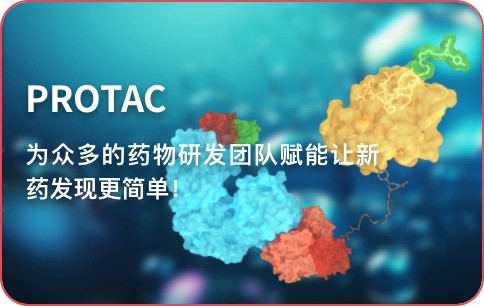





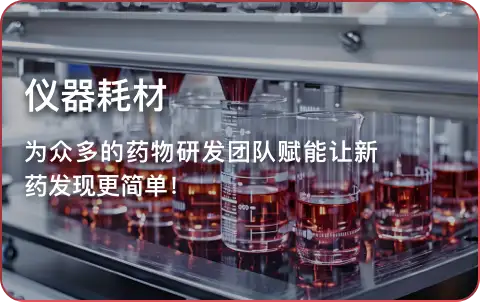
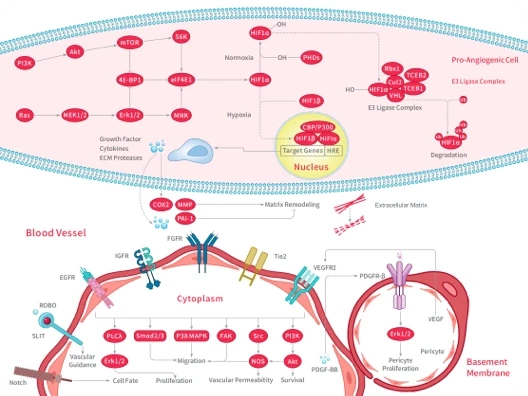
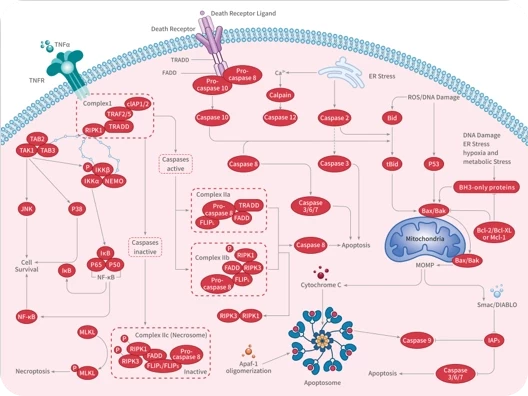
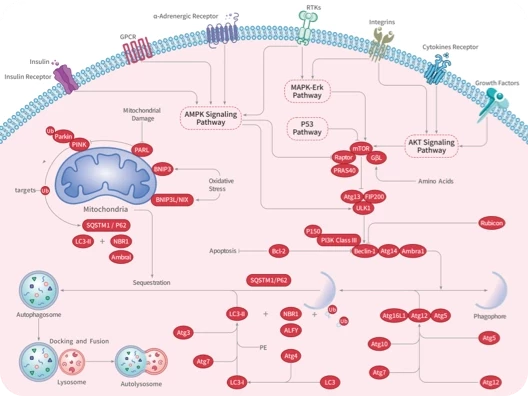


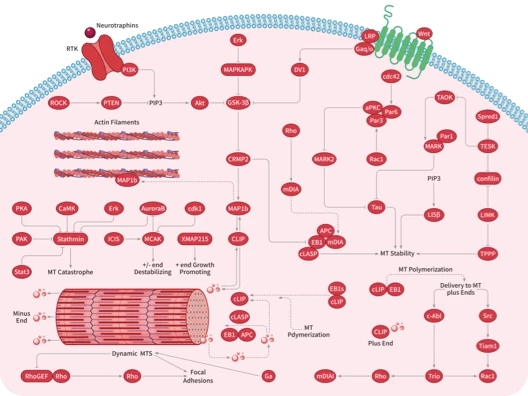
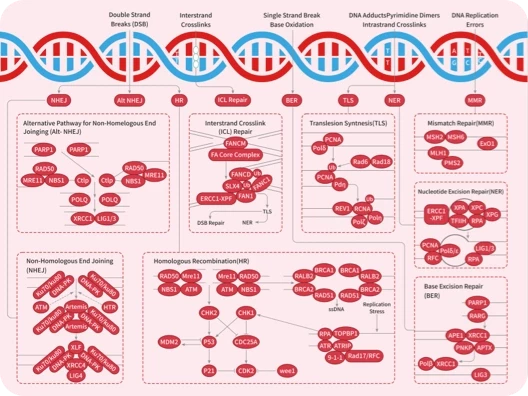

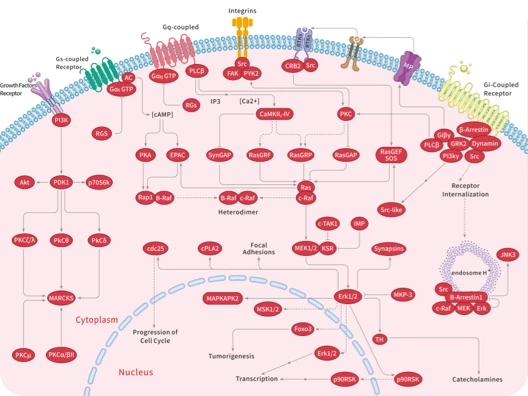
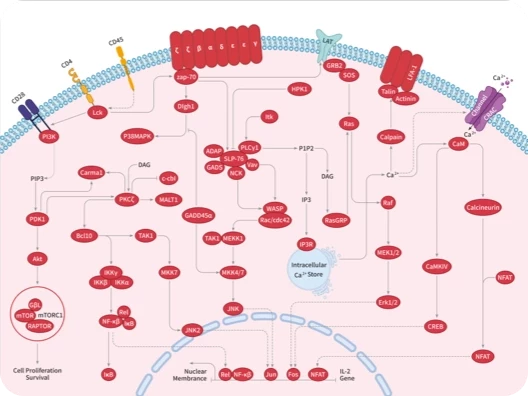
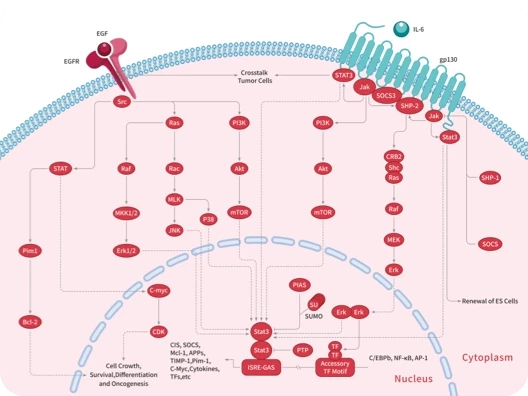
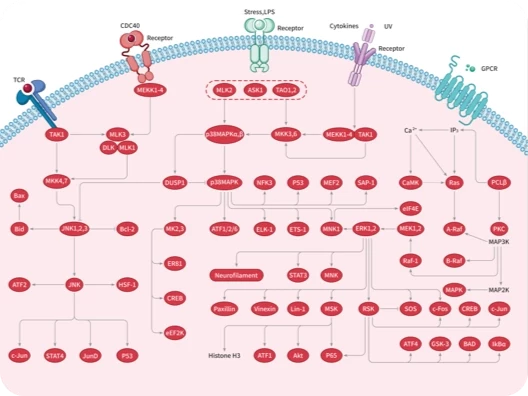


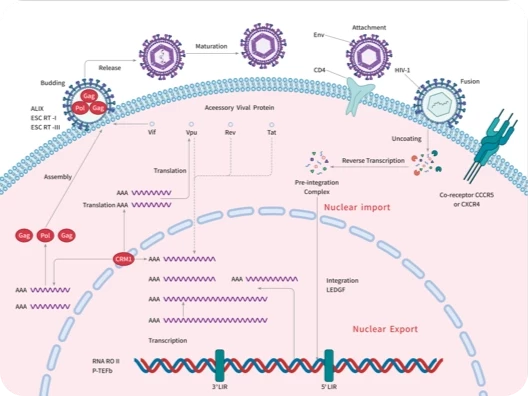

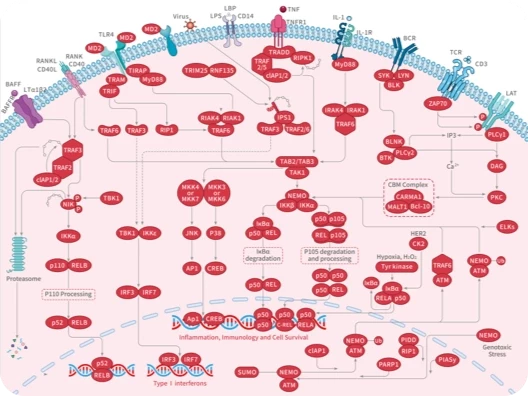
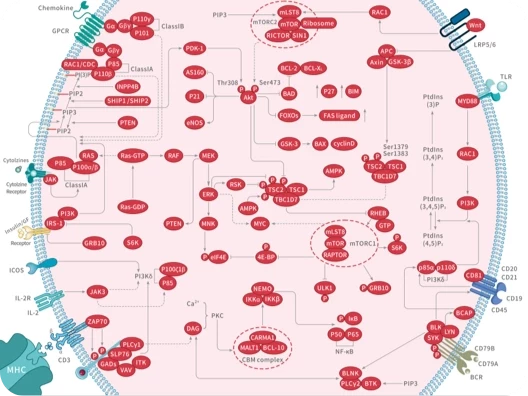
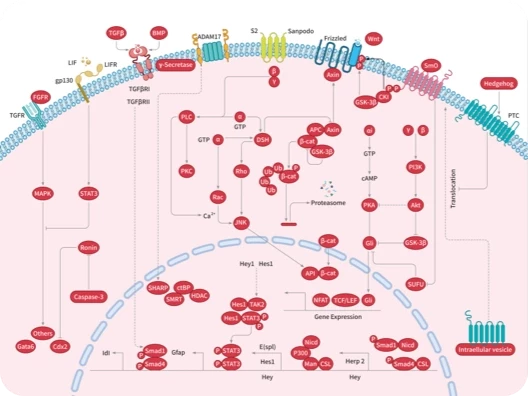

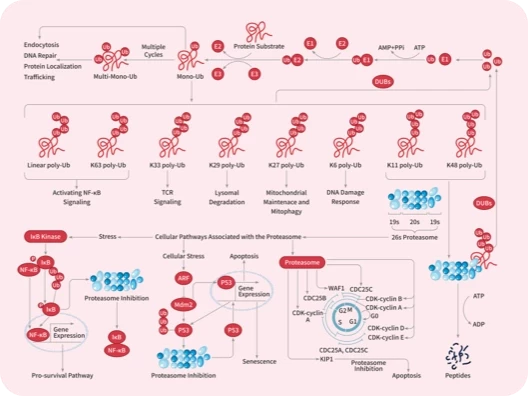


 还可以
还可以


评论内容